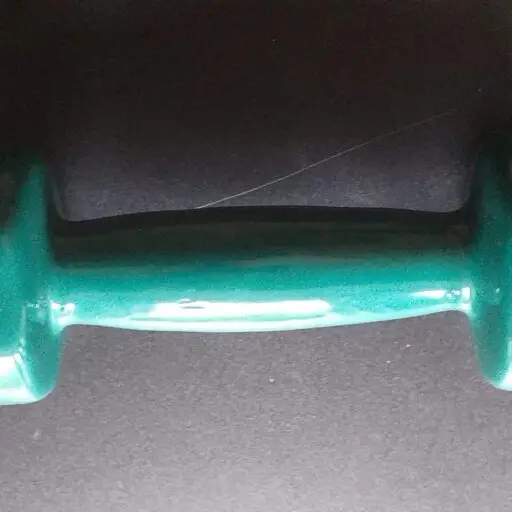All about the Cocoon Pilates Stretch
(Pilates for Abs)
BENEFITS & MUSCLES WORKED: Abs, Weight Loss, Reduces Stress
START POSITION: Lie on your Back, put your hands behind your head, and flare your elbows out to the sides. Bend your knees and slide your feet towards you along the floor.
NOTES: Difficulty Rating: 75%
Simultaneously lift your legs up and back towards the centre of your body, and lift your head and shoulders. Try to squeeze your Abs so that your elbows almost touch your knees. Immediately retract your legs back, lowering them slowly and straightening your knees slightly—but this time, don’t allow your heels to touch the floor.
Repeat the Crunch as many times as is comfortable. Breathe out as you come up for the crunch, and in as you retract back down.
The Cocoon is similar (but not the same) to another exercise called the Hollow Body Crunch. The main difference is that with the Cocoon, your hands are behind your head, but for the Hollow Body Crunch, your hands and arms are outstretched behind you. To me, it seems that the Hollow Body Crunch has the potential to place unacceptable stress on the Lower Abs, even though the Abs workout is enormous. In the Mojoh Method, I have merged both exercise forms so that my hands are not clasping behind my head and my elbows are bent slightly to the sides. I think this is a good compromise. The form in the adjacent video demonstrates what I describe – note the extra bend in the knees.
The Cocoon exercise is an excellent exercise for the abs because it targets both the Lower and upper abs simultaneously, much like a double crunch. This exercise may not be suitable for people with Lower Back trouble because it places significant stress on that location. However, one can reduce lower back pressure by bending the knees more.
When other Lower Back Strengthening exercises are done alongside the Cocoon exercise, the Cocoon certainly brings significant benefits. Still, as always, the athlete should pay close attention to the Form of the exercise.
